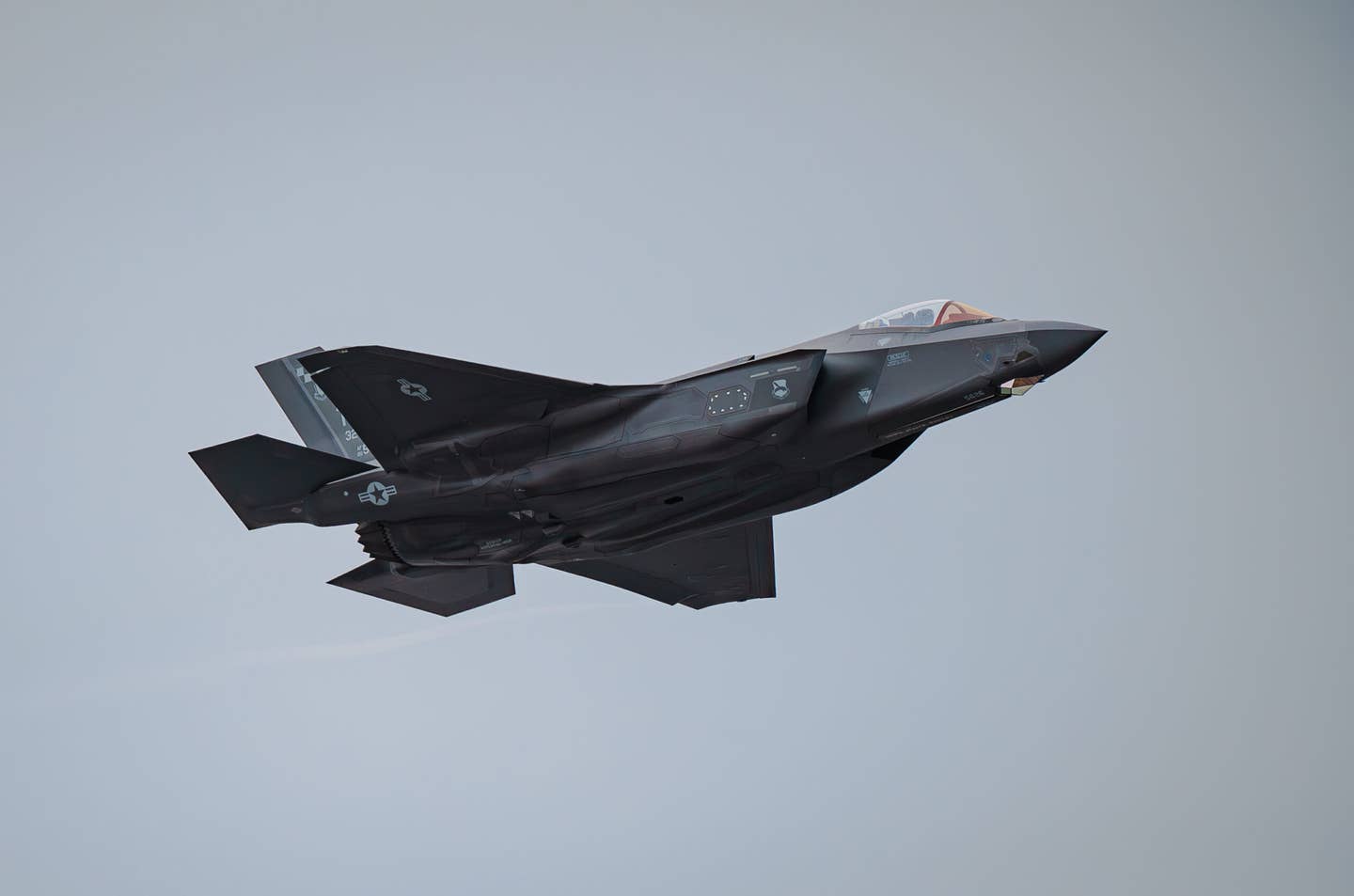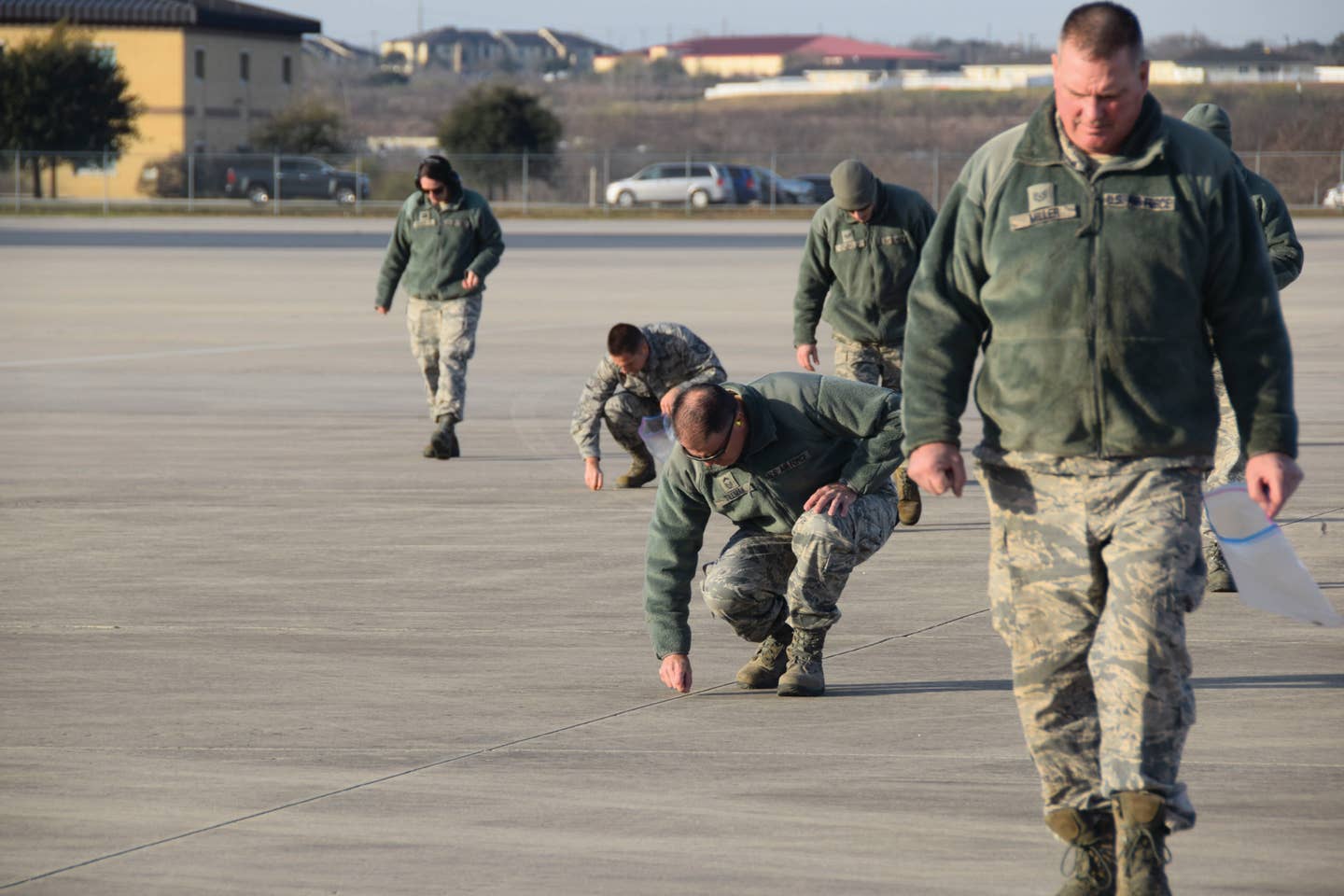
||| |---|---| | | | Student pilots, worried they don't have the right stuff, often ask me, "What makes a good pilot?" They're usually surprised when I don't cite physical coordination and natural ability. No, if I had to identify one personality trait that makes for a good (read safe) pilot, I'd have to say good judgment and the ability to anticipate. OK, that's two, but good judgment is really the result of anticipating-thinking ahead, imagining, "What if?" and then making an informed decision.
Have you ever pulled up at a toll booth behind another car, correct change jingling in your fist, and waited impatiently while the driver in the car in front digs through his pockets and then polls his passengers to take up a collection for the toll? Didn't he know he was coming to a toll? Didn't he see the series of Burma Shave-like signs that alerted, "Passenger Cars: Toll $1.75"?
The tardy toll payer is first cousin to the VFR pilot who interrupts other pilots calling in position reports as they maneuver in the pattern at an uncontrolled field to ask, "What's the active?" Didn't he listen before broadcasting? Didn't he anticipate from his preflight briefing (or inflight observations) the wind direction and the likely active runway? Didn't he check the AWOS frequency on the sectional chart and listen up before calling in? Didn't he think ahead?
The booth blocker is like the IFR pilot who waits until he's halfway down the localizer before burying his head to check the chart for the decision height for the approach he's flying. Imagine the ensuing gyrations if that's the moment he discovers he didn't anticipate and has the wrong volume of approach charts and the correct one is in the back seat.
The first definition of "anticipating" in my dictionary is: "To feel or realize beforehand; foresee." When you think about it, isn't that the purpose of preflight planning? Isn't the preflight designed so we can anticipate, before we begin a flight, the things that can go right and those that can go wrong as our flight progresses?
Some things are obvious. All but the most cavalier and foolhardy pilots have learned to anticipate the weather lying in wait. We start by talking with a Flight Service Station specialist or logging on to DUAT or another weather service and getting the current weather and the forecast, which, by definition, is simply an anticipation of future weather doings.
Once we know the forecast weather we can get an idea of whether the flight will be in visual conditions or whether we'll have to anticipate the need for flying an IFR approach and the possibility of having to divert to an alternate. The winds aloft forecasts-as unreliable as they are-give us a starting point for anticipating how much fuel we're going to need for the flight.
As you drive onto the airport, do you glance at the flag or wind sock to see where the wind's coming from so you can anticipate which runway you'll use for takeoff? If there are airplanes in the pattern do you watch them dance down the glideslope to get an idea of what effect the wind is having?
Taxiing out from the parking ramp or the fuel pump, I try to get the big picture of where any airplanes in the area are and what they're doing. I've already got a pretty good idea of the airplanes in the pattern, so it's the ones approaching to land that I'm most concerned about. The unicom party line works well when people use it properly. But more often than I'd expect, I hear pilots call inbound by simply asking, "Which way you landing?" When I do, I often pick up the mic and ask, "How far out are you and from which direction are you coming?"
It doesn't do a whole lot of good to know that someone's coming if we don't know where they're coming from and, as a bonus, at what altitude. Of course, I'm already looking for airplanes without radios, but knowing for sure that someone is out there and not knowing where makes for a tense time.
A safe pilot anticipates-and preplans for-the possibility of an engine failure during takeoff. If the engine quits-or stumbles-on the ground the procedure is to simply stop on the remaining runway. If you're operating from a marginally sufficient runway, you're much better off going off the end than trying to force an airplane into the air before it's ready to fly.
Once you're off the ground and clawing for altitude, an engine failure requires an immediate decision: do you try to turn back or do you land going forward? There shouldn't be any question. Not if, as you were climbing, you anticipated reaching the altitude from which it would be safe to turn back and, based on the wind, which direction you would turn. If you've climbed through the altitude from which you've determined it's safe to turn back, you can; if not, you'll land ahead.
The anticipation of an engine failure shouldn't end when you reach your cruising altitude. Coming back from Wichita, Kansas, recently, I noticed the oil pressure indication was fluctuating. That was new. The JPI engine analyzer was reporting normal operating conditions, but I cranked up my looking-for-suitable-landing-site scan a notch. At a fuel stop in Akron, Ohio, I noticed the oil consumption had gone up compared to what I anticipated it should be. I consulted a mechanic who confirmed that low oil level would result in a fluctuating oil pressure gage indication. Nevertheless, you can bet that during the next leg from Akron to my home base this little pilot played "what if?" all the way home. I frequently pushed the "nearest" button on the UPS GX60 GPS and observed the wind on the surface so I could anticipate the direction to land if an off-airport landing became necessary.
GPS navigators have really simplified our inflight tasks, but they've brought with them their own concomitant difficulties. If you try to program a flight plan at the same time you're responding to a departure controller's instructions you're asking for trouble-at the least the bust of an assigned altitude, at the worst, the loss of control. I program my GPS with the flight plan I requested and then, anticipating that I won't get "cleared as filed" I also program an alternate flight plan along airways or based on past flights. If that doesn't work, I'll fly "direct" to the first waypoint and, once I've got the airplane set up for cruise, program the flight plan I've been given.
Once you're cruising, there are short-term and long-term anticipations that you should be performing. The things that you should be anticipating near term are the changes in the weather in front of you. If forward anticipation indicates that a turn back may be prudent in your future, you need to anticipate changes behind you. Your long-term anticipation should be considering what to expect even farther ahead. One way to do that is to monitor Flight Watch, the weather party line, on 122.0.
As I fly along on an IFR flight-or when I'm being flight followed-I pride myself on correctly anticipating the frequency that I'm going to need for the next controller down the line. If there are other airplanes going my way, I note the frequency change they're given, tune it into the standby window, and then, if that's the one I'm given, all I have to do is confirm I've correctly entered it as I read it back to the controller and then push the flip-flop button. If there's no one else heading my way so I can't eavesdrop on their conversations, then I'll dial in the center frequency indicated on the IFR en route chart for the sector ahead.
I got in the habit, when I used to make long VFR flights in a Cessna 150, of numbering each sectional chart in the order I would need it. Now I have a metal file rack that occupies the passenger seat when I'm flying solo and holds the current charts (VFR and IFR) and other items-Patsy Cline CDs, a copy of my flight plan and AOPA's Airport Directory-I need in flight. A seat divider/arm rest combination that my neighbor built for me holds the other IFR en route charts, sectionals (numbered in the corner) and bound approach charts in the order I'll need them.
If I'm landing at an uncontrolled field, then once I've been turned over to the approach controller (a frequency I'm usually able to anticipate during my en route study of the chart for the approach I'm anticipating I'll be told to expect), I monitor the frequency of the unicom as I get close so I can begin to anticipate the big picture of who's where and where they're going. Both radios in my panel (a UPS SL30 navcom and a GX60 GPS/comm) have a monitor feature that lets me listen on the standby frequency, cutting out any transmissions if there's activity on the active frequency. Using the monitor function, I can listen to ATIS, AWOS and unicom frequencies without worrying about missing a call from the controller and that way be in a position to anticipate what I'm going to have to do when I get where I'm going.
If you haven't anticipated where you're going to go after you're on the ground at your destination, you may find yourself scrambling when the controller asks, "Where do you park?" There are a number of directories that provide useful information about the services available at airports. Ac-U-Kwik's directory and the AOPA's Airport Directory, both of which are available in hard copy (as well as on CD-ROM) are handy for preflight-and inflight-planning. If you've anticipated what you'll need at your stop-an early departure the next morning, maintenance work, access to weather information, fuel, availability of a rental car, etc.-you'll know how to answer the controller when he asks where you want to leave your airplane.
All things being equal, an FBO's position on the airport may be a good reason for choosing it over the others. Anticipating where an FBO is located relative to the landing runway (available on airport diagrams as well as in AOPA's directory) can reduce and simplify your taxi time.
We're taught to drive defensively by expecting other drivers to suddenly do something stupid. Defensive flying could be defined as anticipating what can go wrong and what you can do to make it right. Instructors are fond of saying that an emergency isn't an emergency if it's a procedure you've practiced. Practice anticipating potential problems, and if they ever occur you'll be better prepared to deal with them. And, of course, don't do anything stupid.

Sign-up for newsletters & special offers!
Get the latest FLYING stories & special offers delivered directly to your inbox






